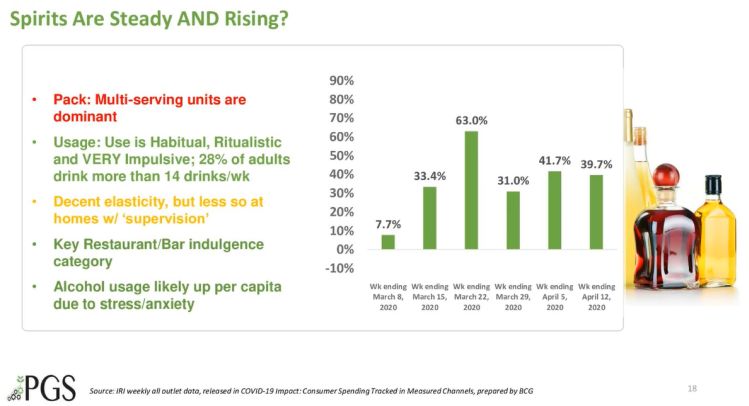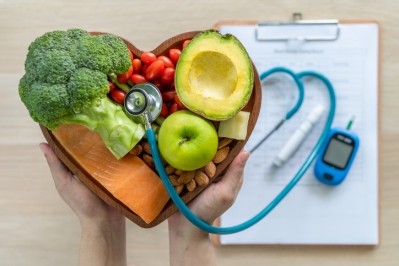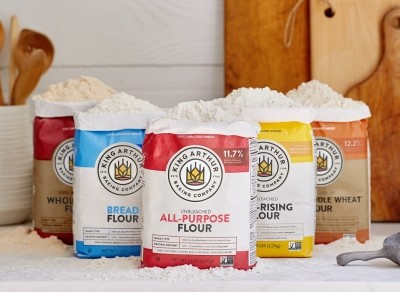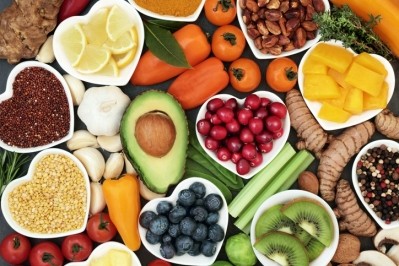Coronavirus cuisine? Pizza, booze and ice cream...
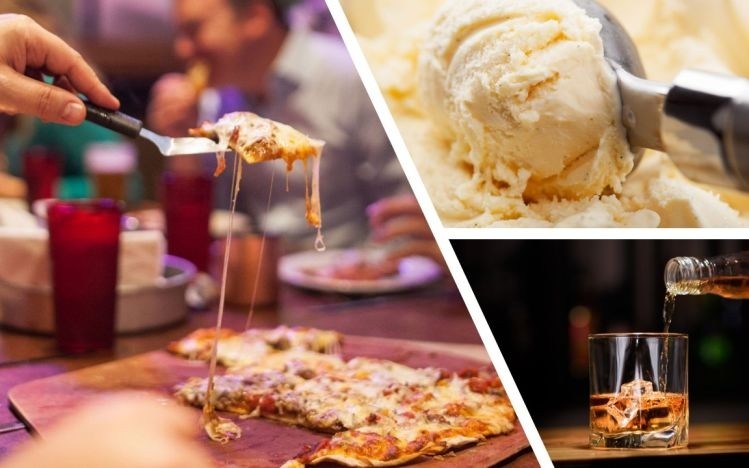
Given the emotional turmoil many households are going through, this shouldn’t come as a big surprise, said Dr Richardson in his latest webinar ‘Understanding-Early-Stage-Demand-During-COVID-19.'
“The COVID-19 winner is frozen pizza, which has the highest [post-surge] plateau as far as I can see at around 50%... and like ice cream and liquor it’s habitual, ritualistic and impulsive, which is the trifecta when it comes to velocity," said Dr Richardson. "Consumption is also moderately elastic, so it’s one of those magic categories. [Sales of frozen pizza were +51.1% YoY in the week ending April 19, according to IRI data.]
“Ice cream is also elastic and is leveling [post the surge] in the low 30s [percentage sales growth year-on-year]. Ice cream is very ritualistic but also super impulsive… just by opening a freezer and seeing it, x% of people will eat it. You don’t get that with flour, cooking oil or nutrition bars.”
Emotional eating
He added: “Emotional eating is elevated and is much more culturally relevant than weight management at the moment.
“People that are really into weight management, they are retaining those values and they are fighting to keep those habits going, but a lot of people who are aspirational on weight management, they have switched to emotional eating for the near term… there are now more than 20 million people that have just lost their jobs, and if that’s not a cause for a daily ice cream party I don’t know what is.”
Sales of spirits, meanwhile, have also remained strong post the initial surge, hitting the habitual, ritualistic and impulse buttons, noted Dr Richardson.
“The [post surge] plateau you’re seeing here is 10-15% higher than beer or wine. Spirits have become the go-to liquor.”

'Bottled water has inelastic consumption at the home level'
By contrast, some very inelastic categories such as shampoo and toothpaste will not likely benefit at all from the pandemic (buying more now simply means buying less later), while sales of bottled water – which consumers initially bought by the bucketload if they were gearing up for a natural disaster – have since fallen off a cliff, he observed.
“Bottled water has inelastic consumption at the home level…if bring home a case of bottled water it will just sit at home in the garage…”
Premium CPG brands benefit from initial surge, but will it last?
When it comes to premium packaged food products, SPINS data showed strong sales in the early weeks of the pandemic, but it’s far from clear whether this will be sustained as in-store availability of mainstream brands improves and budgets tighten, said Dr Richardson.
Premium CPG outperformed baseline CPG during the ‘surge,’ but this was driven by a 50% increase in buyers [for these products], and likely some amount of “desperate trading up” as people grabbed unfamiliar brands without too much regard to price when mainstream brands were out of stock, he speculated.
“I don’t think that’s all going to stay. I’m skeptical, so while it’s a nice surge in revenue, I wouldn’t bank on it [continuing] until you get better data.”
In reality, the in-store environment is becoming increasingly challenging for new or very small brands without much awareness or visibility on shelf, given that few shoppers will likely be in the mood for “browsing and exploring” at grocery stores for the next few weeks or months as stores limit the number of shoppers, frown upon those who pick up and put down a product without buying it, and enforce safety measures from mask-wearing to social distancing in store, he said.
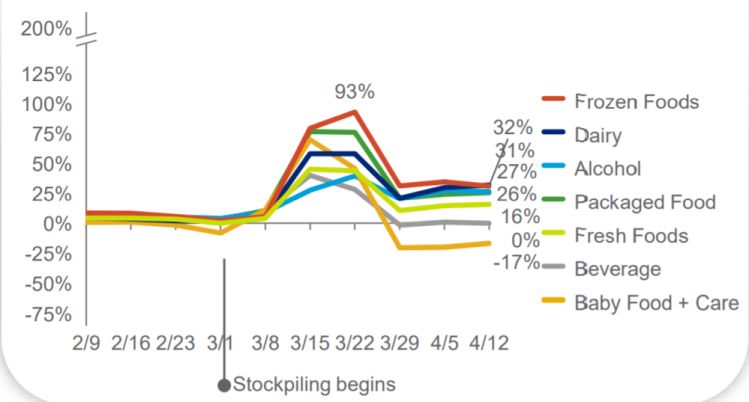
Interact Boulder: Consumers are buying, not shopping, right now
Speaking to FoodNavigator-USA about what all this means for emerging brands, Blake Mitchell, principal at branding and design agency Interact Boulder, noted that when most consumers visit physical stores these days, they are “buying” as opposed to “shopping,” which is not the ideal mode for product discovery.
While consumers may be less stressed and more receptive to new products when they shop online, the challenge is making sure you are ‘discoverable,’ especially on platforms where people are buying multiple products, he said.
“Discoverability is happening via word of mouth and social channels, but if someone’s online and they have their shopping list [at Instacart, Kroger etc] and it has Breyer’s Ice Cream and Kraft Mac & Cheese, where is the opportunity to trade up? The one thing that online has not figured out is discoverability.”
While there are plenty of smaller online platforms that showcase emerging brands, they are “super niche,” he added. “Thrive [Market] is probably the biggest, but they’re still niche.”
Know your audience
As for innovation, while timetables and priorities at some retailers have changed, buyers at several leading retailers are doing zoom calls with new brands and accepting samples at their homes, with some looking to emerge from this crisis with a kind of ‘January 1, new year, new you’ mentality with new products and innovations to entice shoppers when traffic returns, he said.
In the short-term, Interact has been helping small brands focus their resources on where they can have the most impact, said creative director and partner Fred Hart.
“We’re working with some entrepreneurs on really understanding their audience, maybe a very particular type of consumer and focusing exclusively on them, so nootropics that focus exclusively on gamers [for example]. If you know who your audience is, avoid all the other noise and really get to know your consumer.”
For some clients in the functional food and beverage space, meanwhile, Interact has been having conversations around how to emphasize ingredients that may provide immune health benefits, although there is a risk we’ll see a lot of ‘immunity-washing’ in the coming weeks, predicted Mitchell.
As for Interact, there was an initial period where the “kneejerk reaction was let’s just stop everything” with some clients putting projects on-hold, he noted. But this was followed by a corresponding spike in inbound inquiries as brands sought advice on how to get through this crisis.
Channels and store traffic trends: While Americans headed to mass market and club stores for initial pantry-loading trips in mid-March, traffic at these outlets dropped significantly in April, as dollar stores and grocery stores picked up more business, according to IRI data.
Convenience stores have also suffered in recent weeks, said KK Davey, president, strategic analytics, in a webinar on Monday.
Finally, he added: “E-commerce is clearly taking hold in CPG and when we’re done with this pandemic, I’m sure e-commerce will be at least double [its percentage of food/bev sales] if not even more [where it was pre-COVID-19].”
According to Nielsen, in the eight weeks ending April 18, 2020: (all figures are year-on-year)
- Oatmilk +353.2%
- Fresh meat alternatives +264.5%
- Baking yeast +236.1%
- Baking powder +112.3%
- Pasta +75%
- Vitamins +49%
- Eggs +40.7%
- Meat +38%
- Frozen food +37%
- Orange juice +33.5%
- Dairy +26.5%
- Ice cream +24.8%
- Chocolate +5.7%
- Gum -21.5%


